DIPLOMA IN DRAWING, 2001
ALUMNI DISCOVERY INITIATIVE, INTERVIEW BY ALEX STEINTZ, 2015
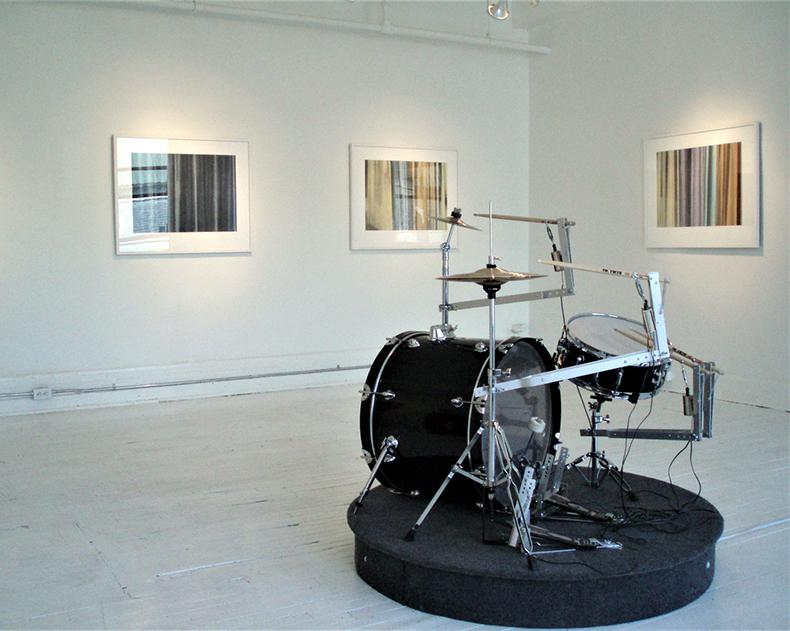
Surveying the Danger Field (Exhibition view Galerie PUSH, Montreal). 2010.
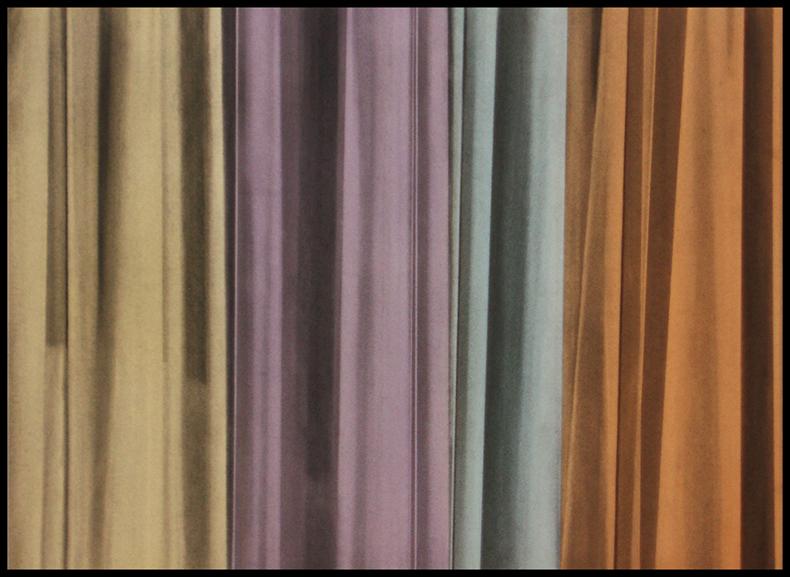
Untitled #6 (Danger Field). 2010. Charcoal, watercolour on paper. 22 x 30.
ALEX STEINITZ: When did you graduate ACAD?
KYLE BEAL: 2001.
STEINITZ: What was your major?
BEAL: Drawing.
STEINITZ: What did you graduate with?
BEAL: A diploma.
STEINITZ: What’s your current employment?
BEAL: Self-employed. After 10+ years as a fine art picture framer in both Montreal and here in Calgary, I took the plunge in August of this year and started Kyle Beal Art Services, which utilizes a variety of my knowledge and expertise to aide others with the installation, transport, and other matters related to the basic physical wellbeing of art objects. Which is a nice compliment to my own studio work.
STEINITZ: A lot of graduates use the ACAD degree as a creative stepping stone. So, what do you do? How has what you do evolved since graduation? How did your education at ACAD direct your career?
BEAL: Well, I still have a drawing practice. It's modestly successful but pays zero money, that's part of the answer.
STEINITZ: Ok.
BEAL: And I didn’t use it, it wasn't a stepping stone.
STEINITZ: No?
BEAL: It was a, just a thing.
STEINITZ: Ok.
BEAL: I don't know what the answer is. A creative stepping stone to what? I still have a very active studio practice, that involves drawing and other multi-disciplinary activities and, it's just evolved with age, your interests kind of just go where they go and if you choose to be interested in pursuing them, then you've got the basis of a creative practice maybe.
STEINITZ: What insights did your four (or one, two, three, whatever years) at ACAD give you when looking at things? Why does what you learned at ACAD matter?
BEAL: I did a four year diploma, I think at its best it gives you an ability for critical thinking that is pretty useful although not necessarily always welcome by society at large, but why it matters is you can translate those skills into other aspects of your life that aren’t really just about art necessarily, it’s about having some sort of ability to think critically about the world around you, and then beyond that you could say that working in the studio or drawing or painting is an expression of intelligence, that while not immediately apparent is useful. But it's not necessarily like, say farming.
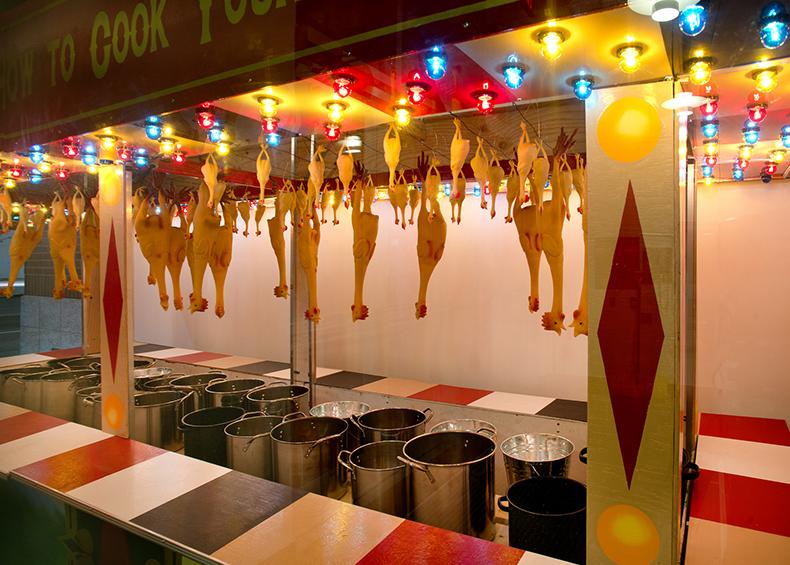
A Chicken in Every Pot or How to Cook Your Own Goose. 2016. Mixed Media. 60 x 168 x 118.
STEINITZ: What would you like to be recognized for?
BEAL: It's nice to be recognized as an artist when that happens, when one's in their professional capacities.
STEINITZ: Okay, alright, after graduation, what obstacles did you encounter and how did you overcome them?
BEAL: One of the biggest ones is probably, I think if you pursue an artistic practice, one of the obstacles is income and that balance of making an income and still having some sort of thoughtful creative time and then balancing that with some sort of personal life, and that's no small feat. How do you overcome them? I don't know how you overcome it, you have to make a conscious choice to dedicate time to the studio, you have to say no to all those social pressures, it's easier to go out than it is to go to your studio. You have to be your own cheerleader and have some sort of weird resolve that what you’re doing is important even when really no one else thinks it is. And then you have to somehow find an audience for what you're doing in a very, very competitive market.
STEINITZ: How could you imagine ACAD supporting our alumni?
BEAL: I don't know. But, I would say, in some regards, by doing a better job of advertising what they do, to both the alumni and the community at large, I think personally, ACAD can get a little bit isolated up on the hill, if you're not there, it can seem a bit closed. Or it just doesn’t advertise what it’s doing or its successes or its history well enough. And in a city like Calgary, I think those would actually be useful things to do, for people to recognize the history and the importance of ACAD, its graduates, the activities it's had, ACAD would be helping itself and its alumni by doing that. By building a better, awareness of its achievements. I don't know what else it could do. That's a tricky question.
STEINITZ: What was your time at ACAD like?
BEAL: I loved it, Painting and Drawing shared the same studios in third and fourth year, which gave a wonderful sort of back and forth to everything that was going on, I made a lot of my good friends that are still friends, it didn’t seem bureaucratic, there was a wonderful sense of freedom, and it was just a great kind of incubator for lots of great activities and people, within what is basically the size of a high school.
STEINITZ: What do you feel is the role of ACAD and our alumni in shaping our cultural and economic prosperity?
BEAL: I don't know, I mean I think again in some ways being able to advertise the achievements of alumni and ACAD itself is useful. I'm sceptical of any argument of the creative industries getting into economic prosperity, it kind of puts art in this role of economic driver or something like that. The idea that everything has to be qualified in terms of what kind of dollar return it has or something, and I don't really think that’s useful for some things, it’s not useful for art, or any sort of cultural life of a society, which is not to say we don't need money but to turn it into a tool for economic prosperity is not that interesting to me, it’s kind of a weird argument. In a creative world there's got to be a more creative way to describe the importance and value of what those activities and organizations are, whether it’s specifically ACAD, or arts and culture in general.
STEINITZ: Alright, and where does art fit into your future?
BEAL: I'm not sure I understand the question. I guess it just occupies basically the centre of my existence.
STEINITZ: Yeah, there we go, good one.
BEAL: Maybe we should go back to the first two questions because I thought we were writing them down, I forgot we were recording them, not the first two the [A lot of graduates use the ACAD degree as a creative stepping stone. So, what do you do? How has what you do evolved since graduation? How did your education at ACAD direct your career? What insights did your four (or one, two, three, whatever years) at ACAD give you when looking at things? Why does what you learned at ACAD matter?] I can give you more.
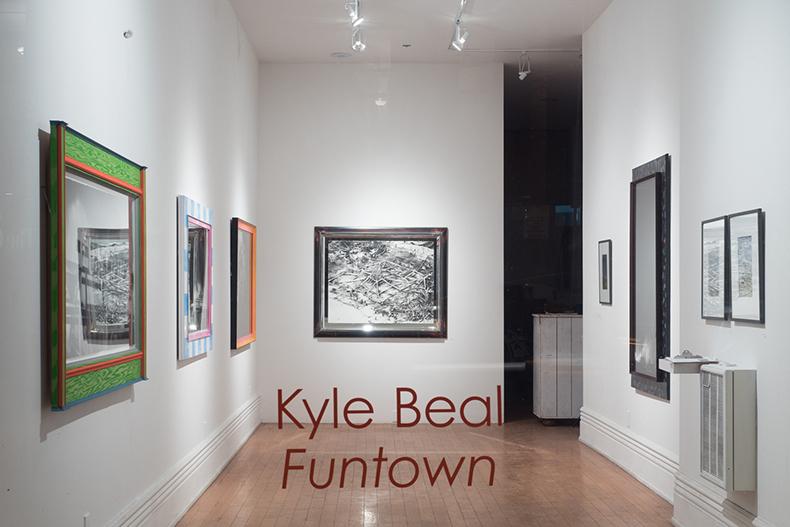
Funtown (Exhibition view Mulherin Toronto). 2016. Photo Credit: Ryan Park.
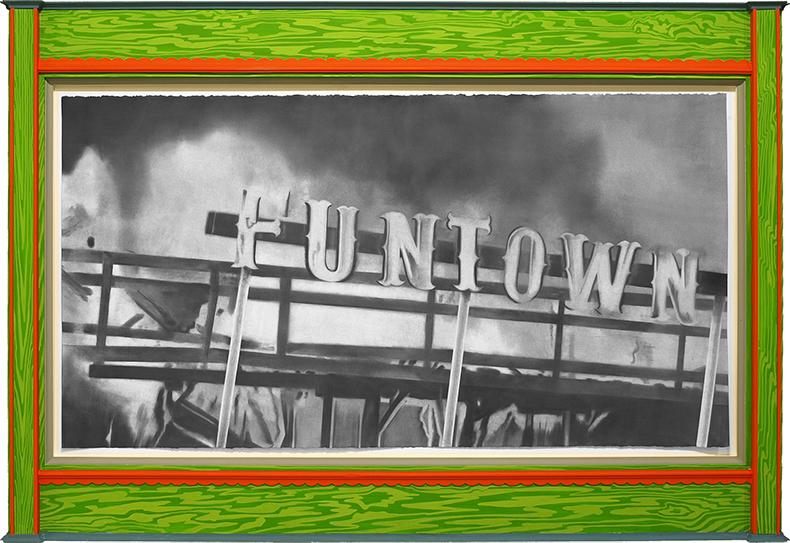
Funtown: Electrical Fire Extravaganza. 2014. Charcoal, pastel on rag paper, artist's frame. Paper: 26 x 50 Frame: 39 x 56 1/2.
STEINITZ: Sure. I was kind of thinking of another question, it’s kind of a goofy one maybe but because we’re here at ACAD right now, I’m wondering what you think. How do you think ACAD's maybe improved since you've been here and maybe what things has it done that it could do better?
BEAL: I'm not engaged enough with ACAD to be able to answer that, I mean the move towards Craft seems interesting, positive but I don’t know how that’s going in reality, the Master’s program and such.
STEINITZ: Yeah okay, so you wanted to take another look at these two questions here?
BEAL: I don't know, if you think it's useful.
STEINITZ: Maybe just the first one, a lot of graduates use the ACAD degree as a creative stepping-stone. So, what do you do? How has what you do evolved since graduation? How did your education at ACAD direct your career?
BEAL: Yeah, I'll take another crack at that one. I ended up going to the University of Victoria for a Master’s Degree after ACAD, so that's one stepping stone right there. I guess ACAD kind of put me on a path to a sustained kind of engagement with visual art, and it directed my career by focusing most of my choices towards sustaining that involvement. The real difficulty is, a few years after you graduate, when you kind of get tired of compromising. I think it's very difficult to have an arts career. But if you had went into another field unrelated to the arts to make money, eventually, you’d just get too far away from it. So in that sense my education at ACAD kind of kept me making decisions to keep me in the arts as opposed to a more lucrative industry.
STEINITZ: I think you've probably answered that question pretty well. I guess we're probably good to go then.
BEAL: Alright.
STEINITZ: Alright, well thanks for your time.
BEAL: No problem.